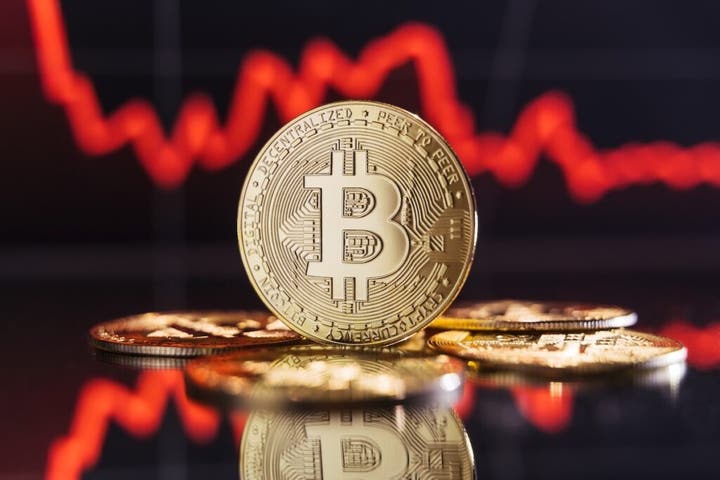The influx of institutional investment into Bitcoin has reached a critical mass, signaling a significant shift in the digital asset landscape. Franklin Jiang, co-chief investment officer at Pantera Capital, expressed his bullish outlook on Bitcoin in a recent CNBC interview, suggesting that its current valuation of around $2 trillion could eventually balloon to match gold’s $22 trillion market cap. This trajectory implies a potential upside of more than tenfold from its current trading level, which has recently surpassed $126,000.
Jiang emphasized that Bitcoin offers superior qualities compared to traditional gold, stating, “It’s digital, it’s cheaper to transport and transact with, and it’s global and permissionless. You don’t have to carry around a heavy rock.” This sentiment underlines the growing perception of Bitcoin not just as an alternative asset but as a more efficient and accessible store of value.
The data seems to back Jiang’s optimistic stance. Bitcoin exchange-traded funds (ETFs) have seen total inflows surpass those of the Nasdaq-100 ETF, a remarkable achievement that highlights the increasing acceptance of crypto investments by institutional players. BlackRock Inc. has emerged as a frontrunner in this space, with its iShares Bitcoin Trust nearing $100 billion in assets, making it BlackRock’s most lucrative ETF product to date.
The pace of institutional acceptance contrasts sharply with the skepticism prevalent just a year ago among financial professionals regarding crypto’s viability in diversified portfolios. Jiang noted that “headwinds have become tailwinds for crypto,” especially as more equity investors start adopting digital assets.
Despite Bitcoin’s rapid ascent, Jiang argued that the market is still far from saturated. A recent Bank of America survey revealed that over 60% of investors reported having no exposure to digital assets, highlighting a vast opportunity for growth. “The idea that digital assets are ‘too late in the game’ is not true,” he remarked, emphasizing that most investors do not yet include them in their portfolios.
Looking ahead, Jiang sees a significant addressable market of potential investors that could sustain Bitcoin’s upward trajectory for years. In addition to Bitcoin’s prominence, he believes the legitimization phase for it is largely complete, with attention now shifting towards the entire digital asset ecosystem. He pointed to platforms like Ethereum and Solana, which are rapidly evolving and gaining traction in the tech space. Specifically, Jiang identified Solana as being “on pace to be what could be the next generation mega-cap tech company.”
This evolution in the digital asset market is being further supported by increasing regulatory clarity from government frameworks, allowing these platforms to better integrate with traditional financial systems. As institutional acceptance grows and new regulatory measures are put in place, the future appears promising for not just Bitcoin but the broader spectrum of digital assets.







